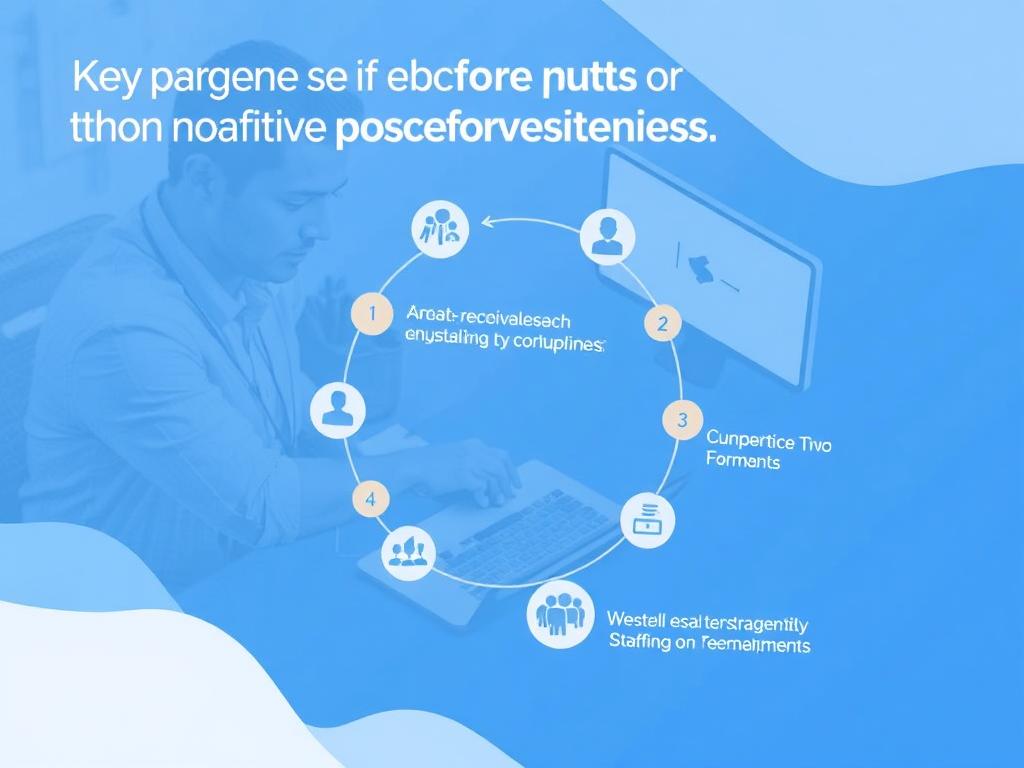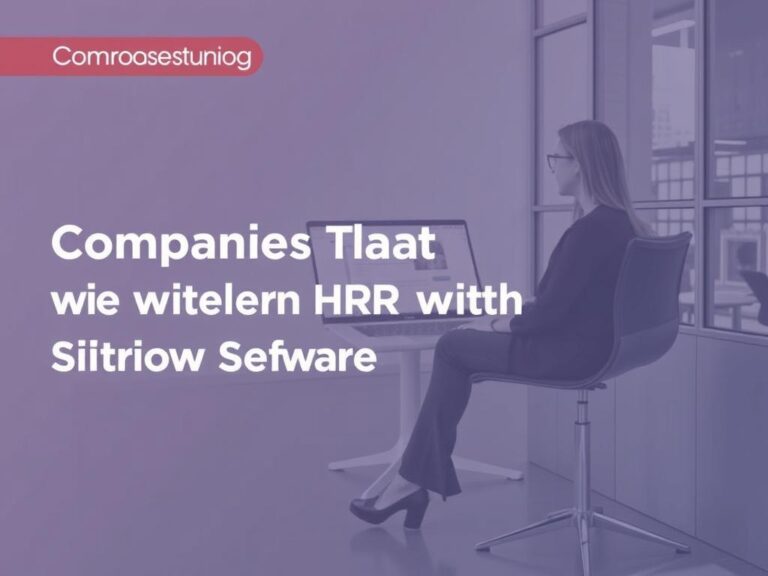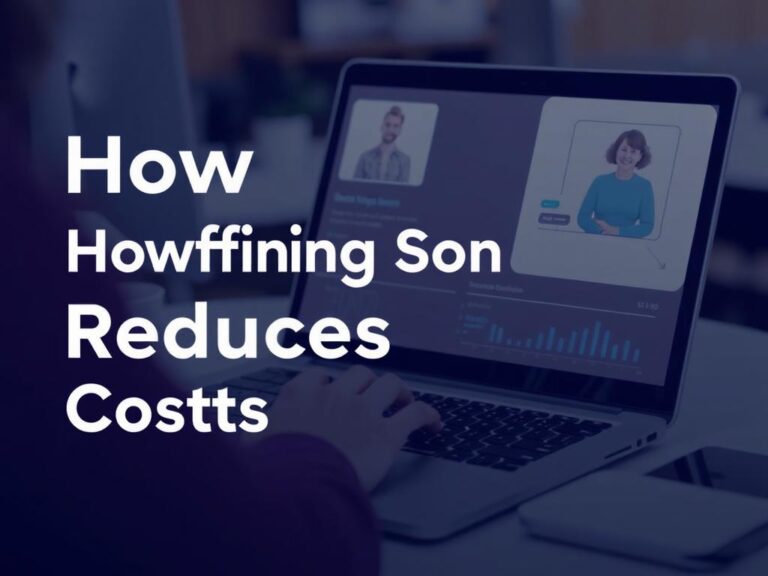Unlocking Efficiency: The Key Benefits of Using Staffing Management Systems
In today’s fast-paced business environment, finding efficient ways to manage your workforce can be a game-changer. Staffing management systems have quickly become indispensable tools across industries, helping companies not only save time but also improve the quality of hiring and employee scheduling. But what exactly makes these systems so valuable? Whether you’re a small business owner juggling multiple roles or a large enterprise aiming for streamlined HR processes, understanding the key benefits of using staffing management systems will illuminate why these technologies are here to stay.
At its core, a staffing management system is designed to simplify recruitment and workforce coordination by automating many of the manual tasks involved in staffing. Instead of sifting through countless resumes and managing schedules on spreadsheets, these systems allow you to handle everything from applicant tracking to shift scheduling in one integrated platform. This automation reduces errors, enhances communication, and ensures that your business’s workforce needs are met promptly and efficiently. If you’ve ever struggled with last-minute absenteeism or miscommunication among team members, you’ll appreciate how these systems bring clarity and order to workforce management.
Streamlining Recruitment and Hiring Processes
One of the standout advantages of using staffing management systems is how they streamline recruitment. Hiring the right talent quickly without compromising quality is often a challenging balancing act. These systems offer applicant tracking modules that help HR teams post job ads, collect and evaluate candidate applications, and schedule interviews—all without juggling multiple tools or manual spreadsheets.
Imagine a system that can automatically screen applicant resumes based on keywords, qualifications, and experience, prioritizing the best matches. This significantly cuts down the time HR staff spend sorting through irrelevant applications, enabling them to focus on candidates who truly fit the role. Additionally, having candidate information stored centrally improves communication between recruiters, hiring managers, and candidates, speeding up feedback and decision-making.
Benefits of Streamlined Recruitment
- Faster candidate screening and shortlisting
- Improved quality of hires through better matching
- Centralized communication and documentation
- Enhanced candidate experience with timely responses
Optimizing Employee Scheduling and Attendance
Once the right people are hired, the next hurdle is efficiently managing their schedules, especially in industries with shift work, fluctuating demand, or large teams. Staffing management systems excel in employee scheduling, ensuring shifts are filled fairly and meeting business needs without overworking employees.
By using smart scheduling tools, managers can automatically consider employees’ availability, skill sets, and labor laws while assigning shifts. This reduces scheduling conflicts and costly overtime. Moreover, many systems integrate attendance tracking, allowing teams to monitor clock-in/out times, leave requests, and absenteeism in real-time. This overall transparency minimizes mistakes and payroll inaccuracies.
Key Features for Scheduling and Attendance

| Feature | Benefit |
|---|---|
| Automated Shift Assignments | Ensures fair distribution and coverage |
| Employee Availability Management | Reduces scheduling conflicts |
| Real-Time Attendance Tracking | Improves payroll accuracy |
| Leave and Time-Off Requests | Streamlines approvals and planning |
Enhancing Communication and Collaboration
Poor communication leads to misunderstandings, missed shifts, and frustrated employees. Staffing management systems serve as a communication hub for both management and staff. They often include messaging features or integrations with popular communication platforms that allow instant notifications about schedule changes, new job postings, or policy updates.
When everyone has access to up-to-date schedules and staffing information via mobile apps or online portals, last-minute changes become less disruptive. Employees can swap shifts or notify managers about availability directly through the system, fostering collaboration and reducing administrative burdens.
Data-Driven Workforce Insights
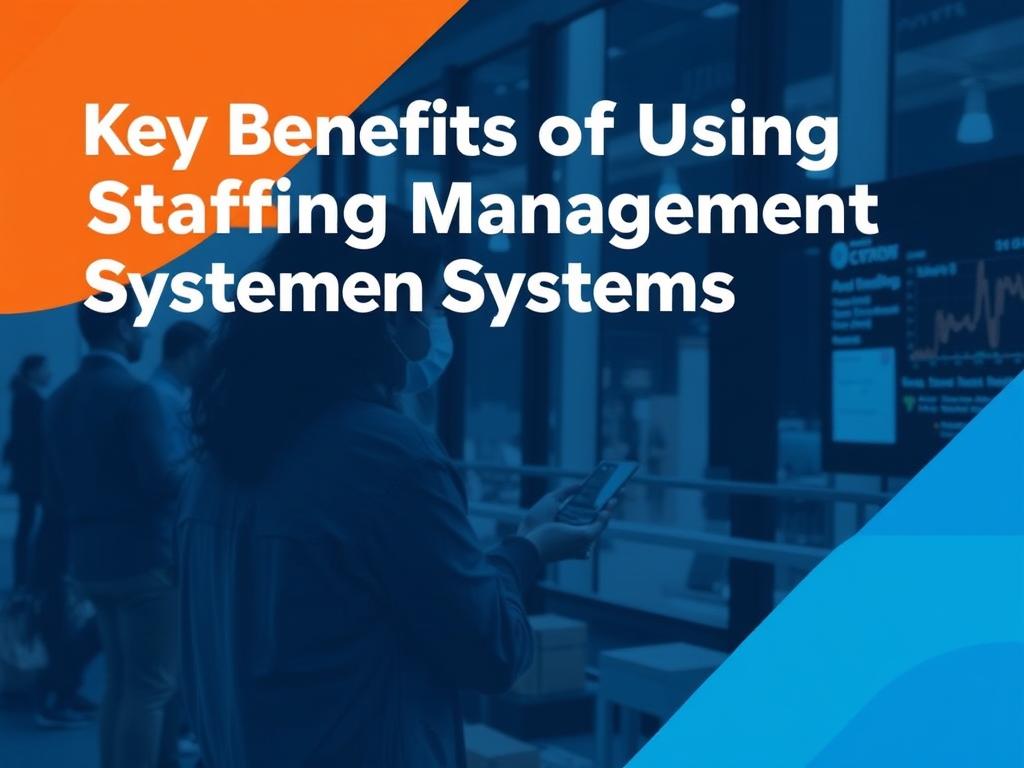
One of the more advanced but invaluable benefits of using staffing management systems is the access to workforce analytics. These systems collect and analyze data related to hiring trends, scheduling efficiency, attendance, and labor costs. Managers can use this data to make informed decisions such as when to hire additional staff, how to optimize shifts for peak productivity, or identify patterns of absenteeism that need addressing.
For example, a retail store might use insights from their staffing system to increase staff levels during busy holiday periods while cutting unnecessary labor during off-peak days. This data-driven approach helps businesses stay competitive and maintain a healthy balance between labor costs and customer service quality.
Common Workforce Metrics Tracked
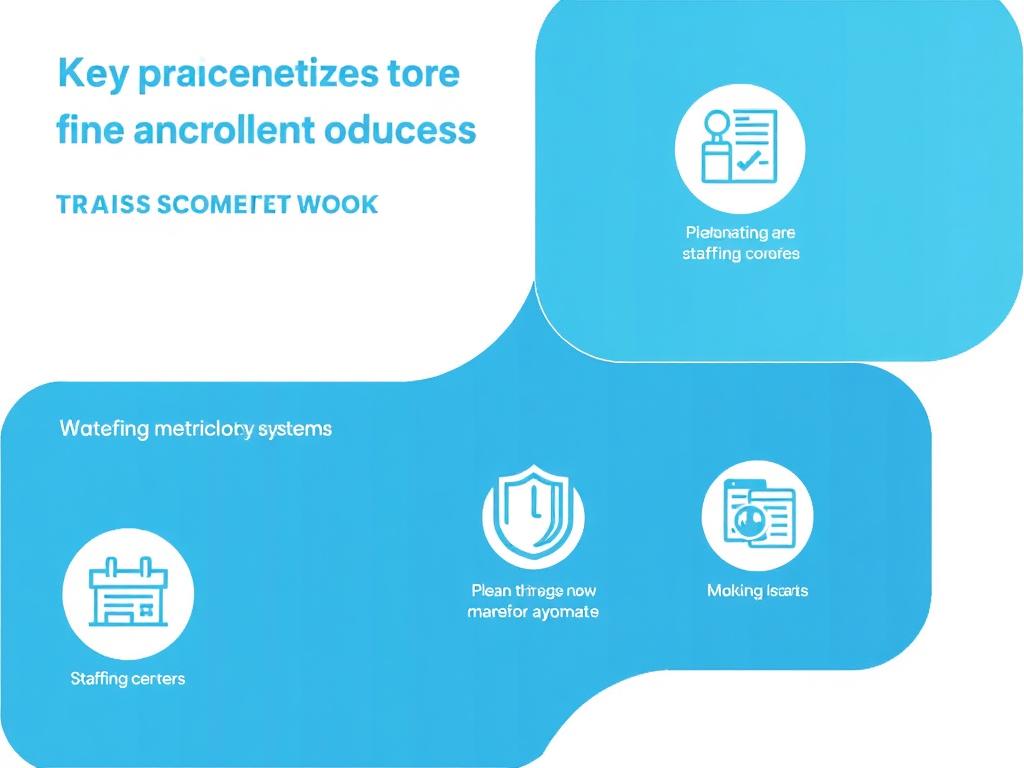
- Time-to-hire and recruiting funnel efficiency
- Employee turnover rates
- Labor cost percentages vs. revenue
- Schedule adherence and absenteeism
Scalability and Compliance Support
Compliance with labor laws and regulations is non-negotiable for businesses, but keeping up with changing legislation can be daunting. Staffing management systems often come equipped with compliance features that help ensure your business adheres to overtime laws, breaks, and work hour restrictions. Automated alerts can warn managers about potential violations before they happen, mitigating risk.
Furthermore, these systems grow with your business. Whether you have 10 employees or 10,000, the software can scale accordingly, offering more complex functionalities as needed. This scalability makes staffing management systems a long-term investment rather than a short-term fix.
Summary of Key Benefits
| Benefit | Impact |
|---|---|
| Automated recruitment workflows | Speeds hiring and improves quality |
| Intelligent employee scheduling | Reduces conflicts and overtime costs |
| Real-time attendance monitoring | Ensures accurate payroll and tracking |
| Centralized communication | Enhances team collaboration |
| Workforce analytics and reporting | Supports data-driven decision making |
| Compliance management tools | Minimizes legal risks |
| Scalability for growing businesses | Adapts to evolving staffing needs |
Conclusion
Staffing management systems have revolutionized how businesses handle recruitment, employee scheduling, attendance, and communication. Their powerful automation capabilities free up HR teams to focus on strategic tasks while improving the overall employee experience. By tapping into data-driven insights, companies can optimize labor costs and make smarter decisions that align with their goals. Additionally, ensuring compliance and scalability means these systems not only solve today’s staffing challenges but prepare businesses for future growth. Whether you’re aiming to hire faster, schedule smarter, or simply reduce the chaos of workforce management, staffing management systems offer key benefits that result in a more efficient, compliant, and engaged workplace.
